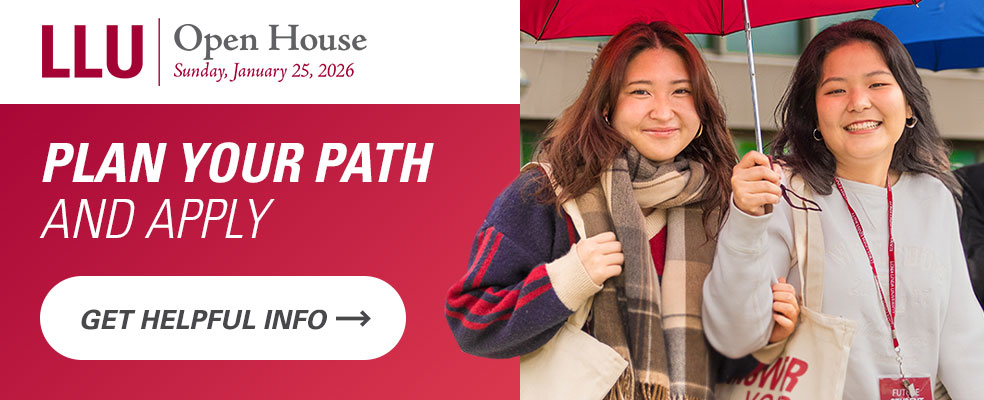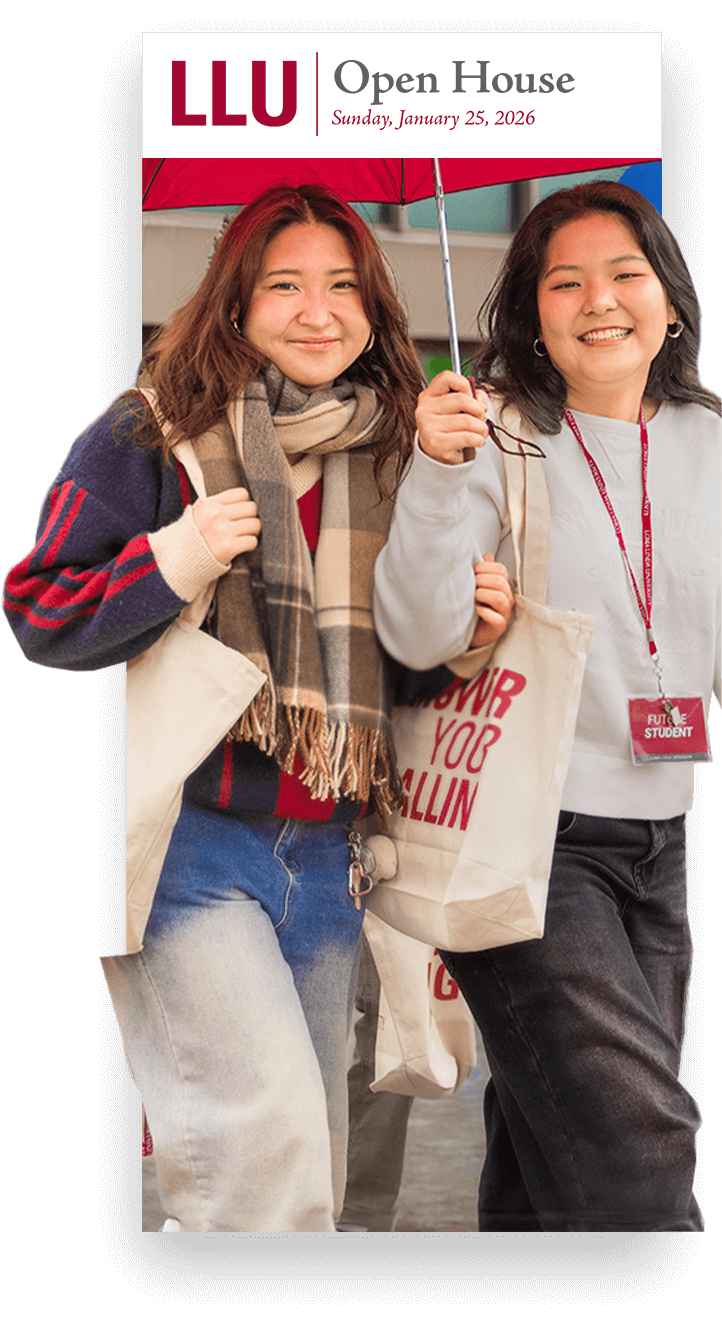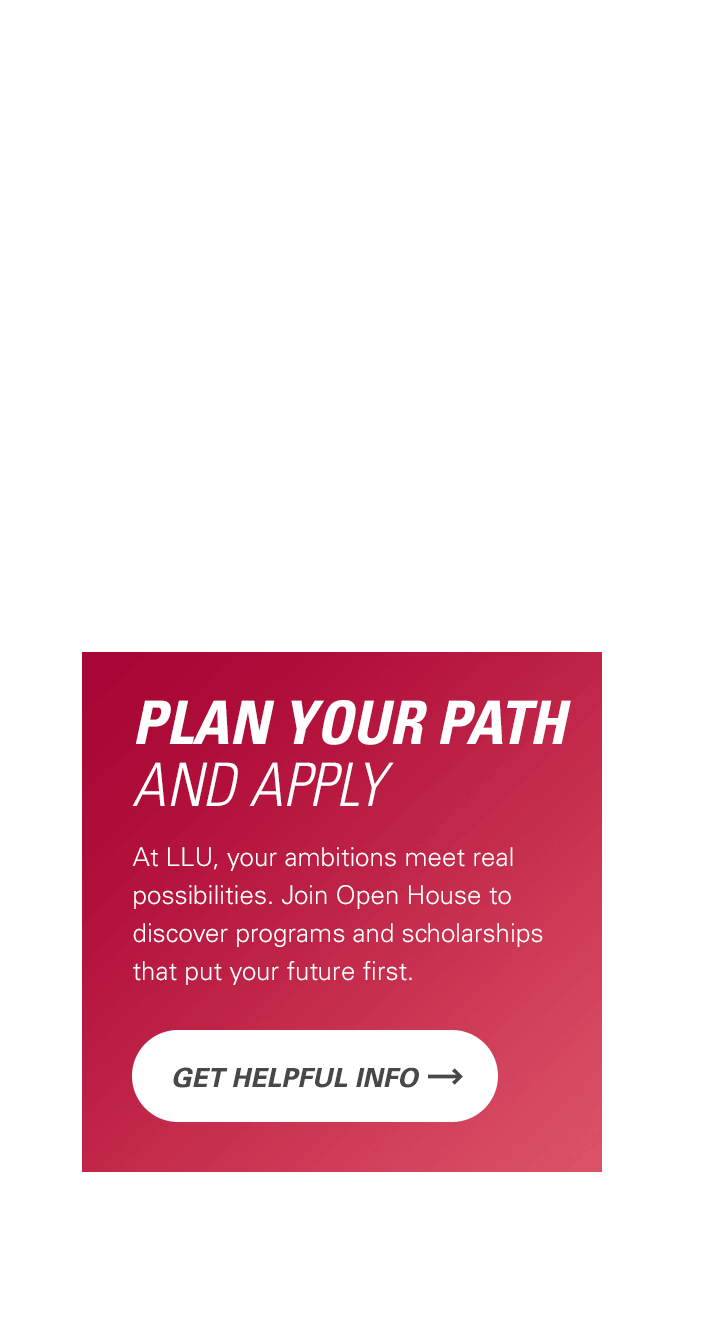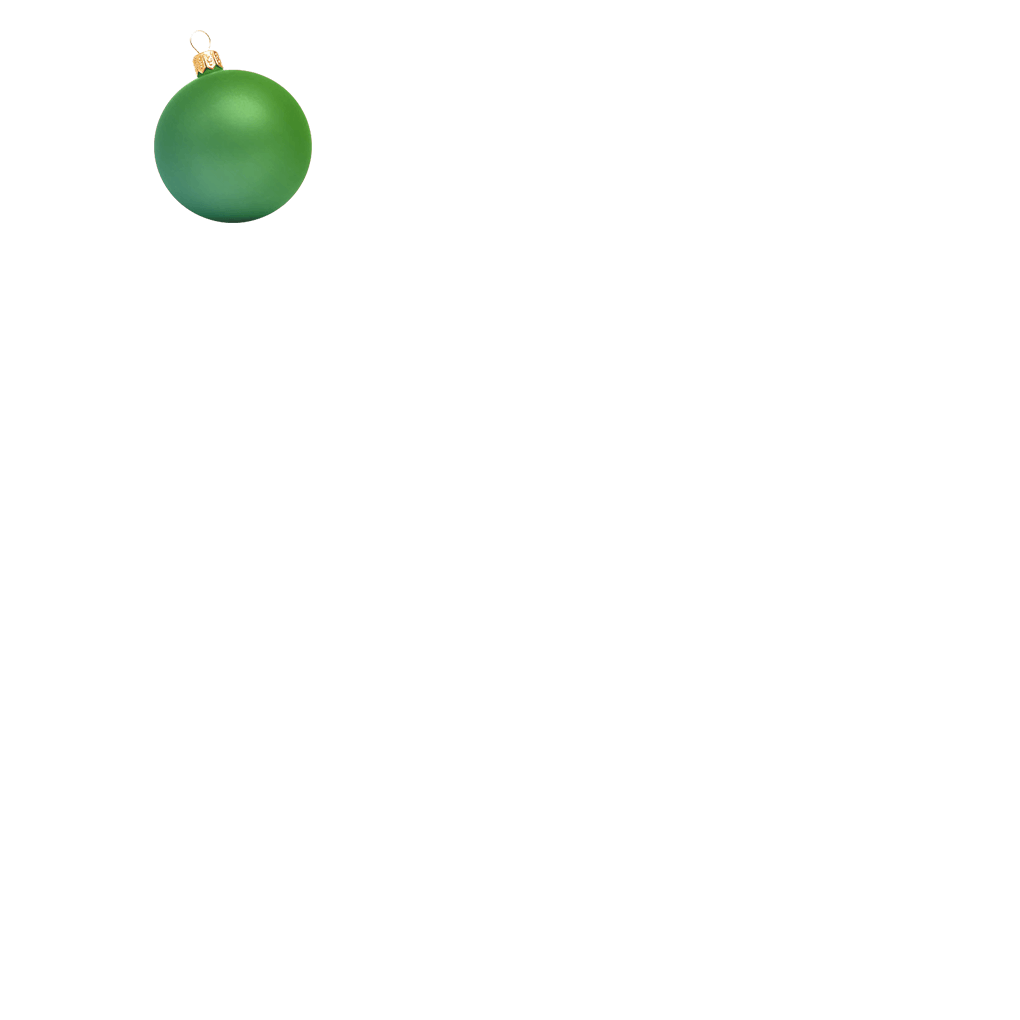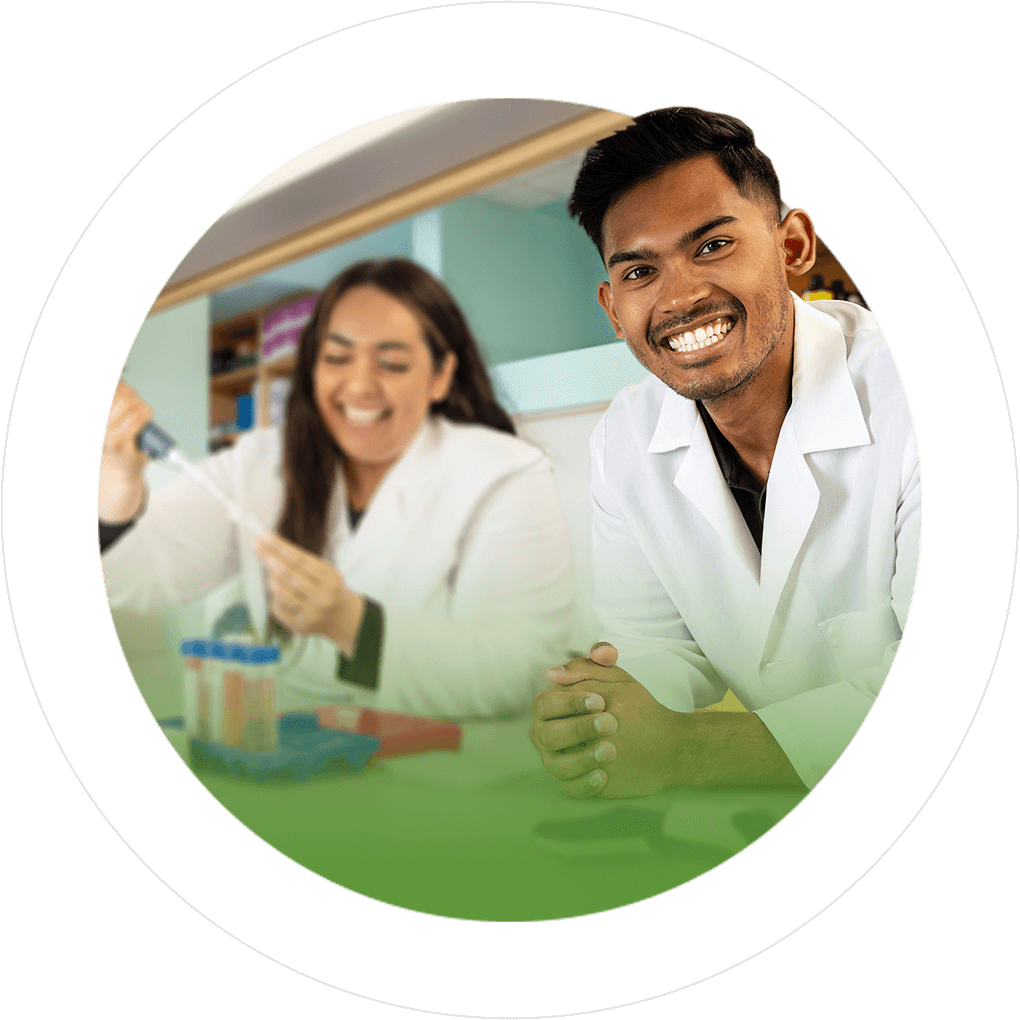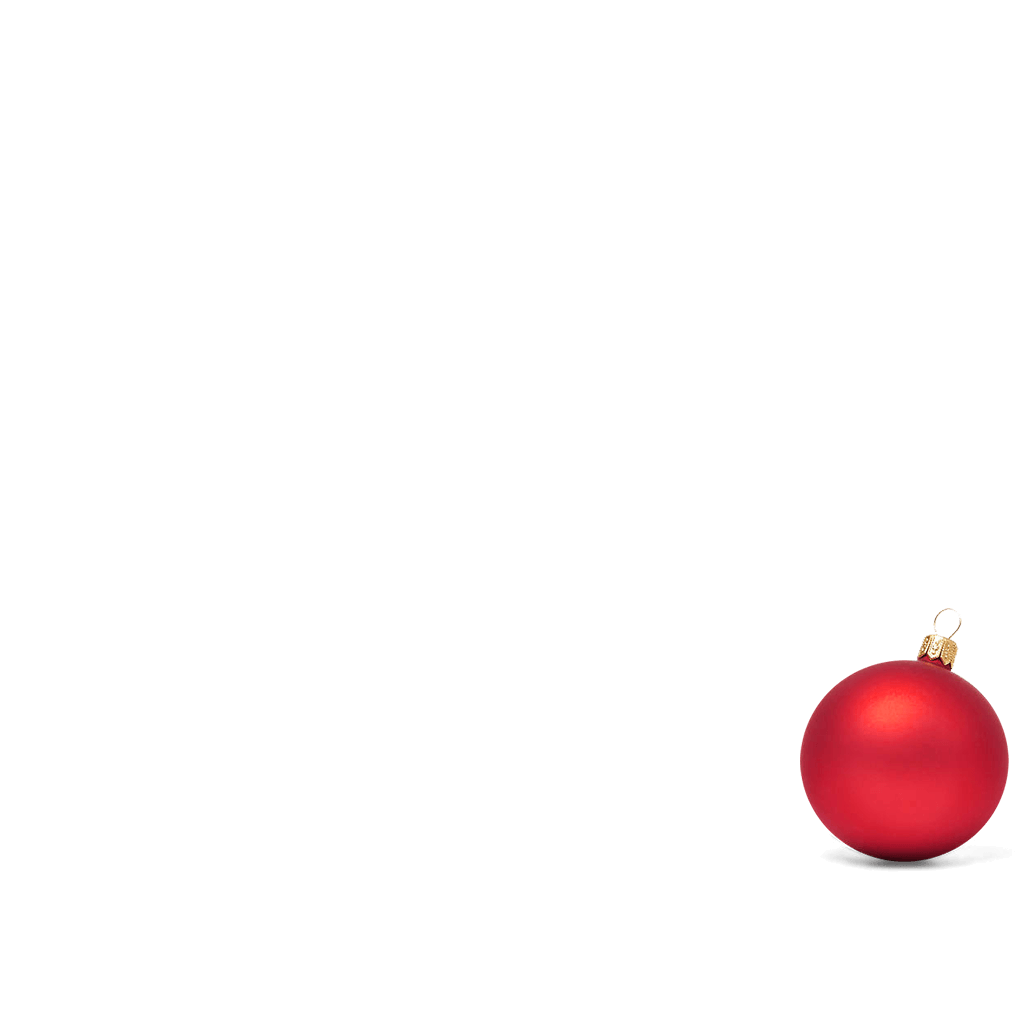Services
Accreditation Support -- LLU
- 1976 and 1977 flag football coach, Lincoln, Ne (09/1976 - 09/1977)
Church Activities
- 1980-2006 Provided dentistry for priests and nuns of St. Stephen’s Indian Mission (09/1980 - 06/2006)
- 1985-1988 Treasurer of local chapter Full Gospel Businessmen (02/1985 - 07/1988)
Committee Membership (LLU)
- Accademic Review Committee (01/2007 - 07/2019)
- Curriculum Comnmitte (01/2016 - 06/2019)
- Clinic Activities Committee (07/2008 - 01/2019)
- Co-Chair research commitee for Ortho resident, Andre Guidachik (07/2016 - 07/2018)
- Oversaw Josh Lee in developing a CAT for his research requirements as a D-3 Date of Submission 7/29/15 E-Mail [email protected] Name Joshua Lee Co-author(s) Faculty Mentor Dr. Parnell Taylor Title What is the effect of neuromuscular avoidance in regards to occlusion Clinical Question How does the process of neuromuscular avoidance affect a person’s occlusion and how much of a force/difference is needed in order to cause to cause neuromuscular avoidance? Clinical Bottom Line Best Evidence/ References PubMedID 17631172 Author/Year Suganuma T. 2007 Patient Group 2 groups with one group being bruxers and another group being non-bruxers Study Type Primary Research Key Results : A multivariate ANOVA revealed no significant differences in interocclusal tactile threshold between morning/afternoon/left/right sides in either group. The mean interocclusal tactile threshold for the bruxers was 17.1 micrometers and that for the non-bruxers was significantly greater at 29.9 micrometers. = PubMedID 10332142 Author/Year Uchida M/1999 Patient Group 20 dentate volunteers Study Type Quasi-Experiment Key Results : This study found that 200 microns was the minimum thickness that the participants could tell a difference in occlusion. The patient’s that closed their mouth faster than slower were able to influence their oral thickness perception PubMedID PMC4399537 S. Calderon 2009 Patient Group 125 Adults Study Type Primary Research Key Results : This research was done to see if gender or bruxism caused a change in ability to discriminate minimum interdental threshold. The results showed that the participants were able to tell a minimum average interdental thickness of 0.0145 mm. Evidence Search “Dental, Occlusion, Determination, neuromuscular, avoidance” Comments on the Evidence Validity: PubMedID: PMC 4399537 This research was a SR of RCTs and was found after a comprehensive and detailed search for relevant trails. The number of trials done were dependent on the number of patients which were 125. This research did a meta-analysis on a previous study which addressed the relationship between minimum interdental threshold ability and the presence of bruxism in which they found that a mean value of 17.1 micrometers for bruxers and a mean value of 29.9 micrometers for non-bruxers. Perspective: Applicability The applicability of the three articles included in the CAT form is to provide EBDs supporting the relationship between a stomatognathic adaptive system and occlusal changes. The factors that limit applicability would be that the patients would have to come in for multiple visits in order to correct their occlusion. Contraindications to using this method in adjusting occlusion would be patients who are non-compliant. The ultimate goal is provide evidence that occlusal adjustments can be made in order to help guide a patient’s occlusion to an ideal occlusion that will not cause undue stress on their dentition. This could help patients who are bruxers or patients suffering from TMD. Another reason why these EBD articles are crucial is that dentists could get a better understanding of how patients are able to cope with different things that cause them to change their dental occlusion. An example of this would be a dentist who does a filling on a patient and leaving the filling slightly high on accident. The patient is able to adjust his or her occlusion in order to make up for this. The problem is when there is too much of the excess filling material that it causes pain for the patient. This is the threshold that we are trying to find: the amount in between which the patient can adjust for and the amount before the patient is in constant pain. Specialty General Dentistry, Prosthodontics Keywords Neuromuscular Avoidance, Occlusal Interferences, Stomatognathic System, Comments on the CAT Line-by-line Instructions: Completing the CAT Form Notes: When summarizing the evidence you have found, you should paraphrase the information—state in your own words—rather than copy-and-paste from the abstract or full-text article. If you find it unavoidable to directly quote the authors, then you should enclose the quote in double quotation marks. Before completing the CAT Form you should have completed an appropriate Thinking Guide for each article selected, having first carefully read and re-read the full-text article. You should not base a CAT on abstract(s) alone. Date of Submission: The date on which the CAT is approved by the faculty mentor. E-Mail: The student’s email. Name: The student’s name. Co-author(s): Applies only to older CATs now under revision by a new author. Otherwise leave blank. Faculty Mentor: Supervising faculty for this CAT. Title: A one-sentence declarative answer to the Clinical Question. Clinical Question: The PICO question stated as a complete sentence. Clinical Bottom Line: A one-sentence declarative answer to the Clinical Question (same as Title), followed by one to three sentences summarizing the Validity, Importance, and Applicability of the evidence. This should not be personal opinion. For example “For patients with condition P, treatment I is more effective than treatment C in reducing outcome O. This is supported by a systematic review of several large randomized controlled trials in which treatment I outperformed treatment C by a clinically significant margin. Treatment I is within the capability of the average general dental practice and likely to be accepted by the average patient.” Here is a contrasting example: “For patients with condition P, diagnostic test I is much less effective than diagnostic test C in detecting the presence of disease O. This is based on only a single trial of 30 patients. Diagnostic test I is not widely available and adopting it would require a significant capital investment by the dental practice.” Best Evidence/References: The strongest evidence found in the PubMed search should be briefly summarized in the fields to the right of this heading. In the Evidence-Based Dentistry course we recommended that students choose one, two, or three of the strongest articles. The CATs database will accept up to five articles per CAT, but we believe that in most cases the “best evidence” consists of fewer than five. Please remember that a CAT is not an exhaustive literature review, but is instead a brief summary of only the strongest evidence on a highly focused clinical topic. The strongest articles published on a topic may be of relatively weak validity, importance, or applicability. The CAT author’s responsibility is to find, and summarize, the best published evidence, even if that evidence is rather weak. PubMed ID: This is a unique identifying number assigned by the National Library of Medicine to a citation. This is also abbreviated “PMID.” The PMID is listed in each PubMed citation. We have asked the students to copy-and-paste this into the form as it allows unambiguous lookup of a citation even without the other citation information (journal, author, date, volume, etc). Author/Year: Last name of first author of the selected citation, and the year of publication. No other citation information need be recorded because the PMID (see above) conveniently links to all of that. Patient Group: Brief description of sample size and subject population sampled. Study Type: A brief statement of this particular article’s position on the hierarchy of evidence (Examples: meta analysis; RCT; Cohort study) Key Results: A brief summary of the results reported by this article (as summarized in the Importance section of the Thinking Guide). This should include, for primary or review articles on therapy, at least the magnitude of difference between the Intervention and the Comparison groups, and either the p value or the Confidence Interval. For articles on diagnosis, this should include sensitivity, specificity, positive predictive value, and negative predictive value (and, if reported in the article, likelihood ratios). If the authors provided quantitative results, be sure that you make a quantitative statement. Evidence Search: Copy-and-paste the successful PubMed search strategy into this field. This would allow a reader to execute an identical PubMed search at a later date and obtain any additional citations that would have been published after the CAT was written. Comments on the Evidence: This is a brief summary of the Validity of the selected article(s). The findings from the appropriate Validity checklist (from the appropriate Thinking Guide), as applied to each of the selected article(s), should be summarized in this field. Use complete sentences. Applicability: This should briefly summarize, in combined fashion for all of the selected articles if more than one, factors directly relevant to applying this evidence to a particular patient. These should come from the Applicability section(s) of the Thinking Guide(s) and should include: the demographics and medical/dental status of the subjects studied; factors that would limit applicability (cost, toxicity, discomfort, difficulty in compliance, contraindications, other treatment options not covered); or factors that would highly recommend the Intervention (lower cost, less toxicity, less discomfort, etc, than currently available Interventions). Specialty: List each of the dental specialties, including general practice, to which this CAT would apply. This will be used to allow the database of published CATs to be searched by interested users. Keywords: The Submit-Your-CAT form on the UTHSCSA CATs web page has a keyword database that the author can use when entering the CAT online. This will be used to allow the database of published CATs to be searched by interested users. This field may be left blank during the drafting of the CAT. Comments on the CAT: Leave this field blank as it is reserved for comments by clinicians who read and respond to our CATs. (07/2015 - 07/2016)
- Promotion Committee (05/2013 - 10/2015)
- Clinic Task Force- appointed by Dean Dailey, chaired by Dr. Richardson and Dr. Handysides to devis a new clinical model within the constraints of current budget, physical plant and faculty size. (10/2014 - 03/2015)
- Clinic Task Force, Appointed by Dean Ron Dailey to study, analyze and report back to him about what is wrong and right with current clinical education. We are to identify core problems, recomend short term solutions as well as long term solutions. C (10/2013 - 12/2013)
- Task Force with Drs. Handysides, Forde, Tan and Mitchel to identify markers in first yr students that predict clinical performance. Appointed by Academic Dean, Ron Dailey. (02/2013 - 04/2013)
- Clincal Science Curriculum sub-Committee (07/2007 - 06/2011)
- Research Committee (07/2007 - 06/2010)
- Removable Prosthodontic Task Force (03/2009 - 07/2009)
Committee Membership (non-LLU)
- Appointed to Core Faculty Position, OBI Foundation (11/2011 - 07/2016)
- Research Committee OBI Foundation (01/2009 - 12/2013)
- MEND clinic with Dr. Novy. (09/2009)
- UCLA Mock Board Examiner (11/2007)
Community Service
- Destination Imagination Volunteered being and Apraiser (judge) at DI competitions for school age children. I was an appraiser for schooliImprovisatonal skits in 2014 and for the scientific projects in 2015.To be an appraiser also requires a whole day of training each year in order to be certified to participate. (02/2014 - 02/2015)
- Montessori in Redlands, California asked me to use my skill as a wood worker to make them a pass-through gate in their administrtive office. Finished summer, 2013 (07/2013)
- Consultative services to other health care professionals and/or institutions 2003-2005- Staff Dentist Wind River Healthcare and Rehabilitaion Center (02/2003 - 06/2006)
- 1999-2006 Donated thousands of dollars in dental care through the auspices of Donated Dental Service (01/1999 - 06/2006)
- Riverton, Wyoming Babe Ruth Baseball coach (03/1993 - 07/1993)
- Wyoming State Certified Little League Umpire (05/1991 - 09/1992)
- Board Member, Riverton, Wyoming Little League (03/1991 - 09/1992)
- Little League coach (04/1990 - 07/1992)
- 1992 City of Riverton told Little League Board they had to open their new complex by start of season. I was part of a core group of men who spent every free hour from March until May to complete this four field complex. Personally, each man spent at least 40hrs per week during this eight week period accomplishing this task. It did open on time. (03/1992 - 05/1992)
- 1987 and 1988 Donated dentistry to pay for construction costs (labor) to build announcers booth and starting station for BMX track. At that time the fee donated wasin excess of $2000. (05/1987 - 05/1988)
- 1984 participated in Fremont County Health Fair (09/1984)
- President- Fremont County Wyoming Troubled Youth Board of Directors During my tenure on the board, two group homes were purchased and ongoing county money was procurred (09/1983 - 04/1984)
- 1983 participated in Fremont County Health Fair (09/1983)
- Board member- Fremont County Wyoming Troubled Youth Advisory board for a 5-01C3 non-profit organization working with troubled youth. (09/1981 - 09/1983)
- Little League coach (04/1976 - 09/1980)
Society Memberships (professional)
- Accademy of Bioesthetic Dentistry- Member Regular Member (10/2006 - 09/2018)
- American Dental Association and CDA Regular Member (01/2007 - 09/2017)
- Wyoming Dental Association Board Member (09/1980 - 12/2006)
- American Dental Association/Wyoming Dental Association Regular Member (09/1980 - 10/2006)
- Wyoming Board of Dental Examiners Board Member (03/1987 - 12/1991)
- President-Northwest Dist. Wyoming Dental Association President (10/1984 - 06/1986)
